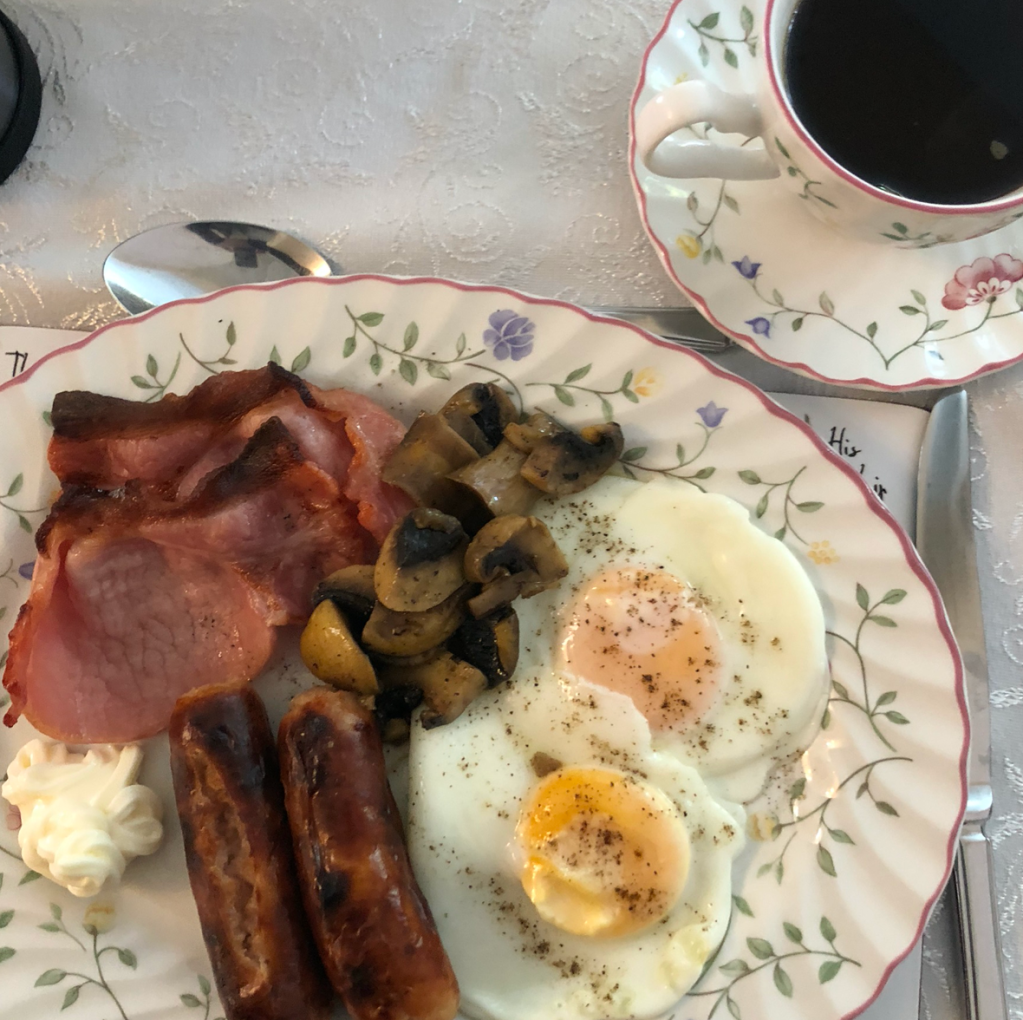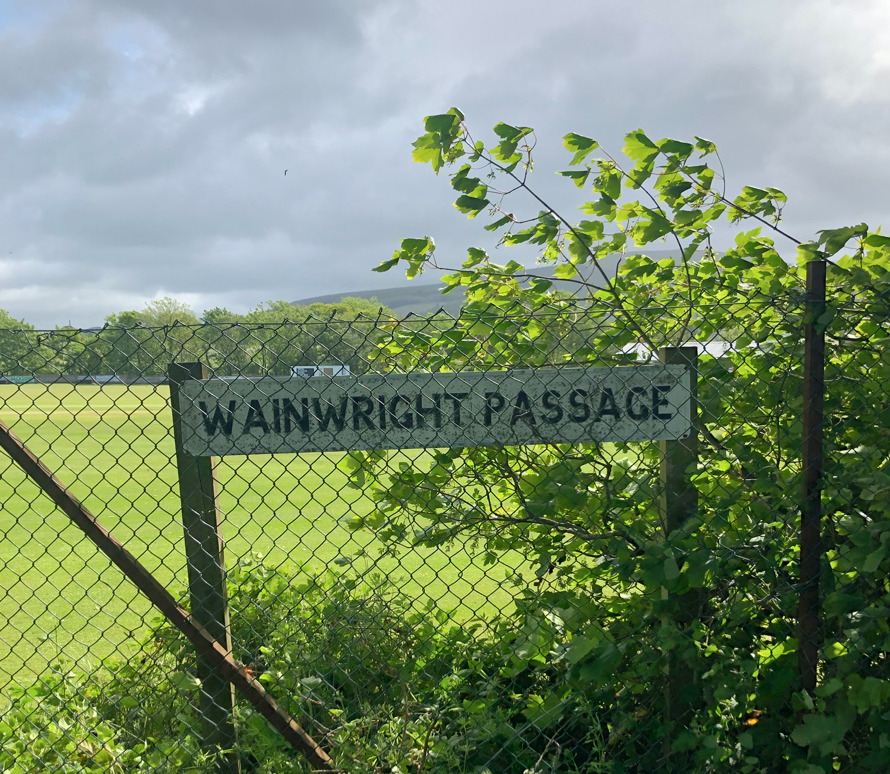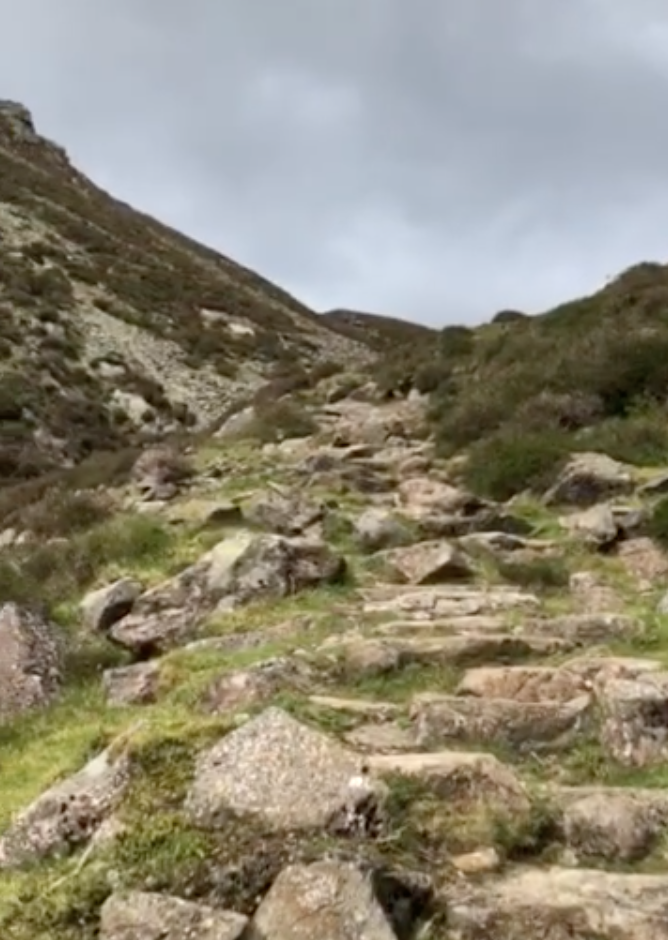Prologue
The UK holds hundreds of Ultra events each year. The concept of them, I used to think, was baffling. But then, despite completing (and hating) the marathon distance, I still wanted more (runners are a weird breed). It just seems to be how this whole running thing works: you somehow relish the pain. When I started out in my late teens, my first challenge was a 5km Race for Life. Slowly, I built up to my first 10km race. A year later, I worked towards my first half marathon.
At the time, it was incredibly challenging – both physically and mentally. I couldn’t imagine running one again, never mind attempting a marathon. They were for crazy people, right? Despite that, I held it in my mind as the ‘Ultimate’ running distance for a long time – as something unimaginable, but that I knew I wanted to achieve in my lifetime. And eventually I did, 4 years after my first Half.
I’d always wanted to do the London Marathon as my first (and perhaps only, I thought at the time!) but as life happened (and the ballot Gods were never in my favour) my first Marathon ended up being Queenstown’s First International Marathon in New Zealand – and what a marathon it turned out to be! I began my training as a fit and healthy 25-year-old, until two months before the marathon date, when I was diagnosed with type 1 diabetes.
For me, the marathon was no longer a challenge in its own right. It was a challenge that involved the careful consideration of my new, lifelong illness. I could no longer run without a blood sugar meter. I could no longer run without hypo treatments and absolute diligence over my levels – and ultimately, my life. I ran my first marathon fighting against my body in more ways than I could have imagined just a few months before – but I did it. I finally completed a Marathon – a distance that demands as much mental strength as it does leg strength. And I had the medal in my hands to prove it.
But, in my own eyes, I hadn’t done it well enough. The diabetes had been problematic, and I didn’t believe that it needed to be. So… I tried again the following year only to have a similarly disappointing experience. But I wasn’t willing to hang up my trainers; I wasn’t prepared to let diabetes win.
It was in early 2016 that I stopped chasing the Marathon. I’d returned to New Zealand and found myself running trails several times a week, simply because I loved it. I took the early shifts at work so I could drive my little 4×4 out of town in the afternoons, to an area with no phone service, and I would run the trails to my heart’s content. This led to me completing a race called the Routeburn Classic – a 32km alpine trail race, which I did on a breakfast of meat and cheese and consumed nothing but water for the 5-hour duration. It was this race that made me believe that I could do far more than I’d realised whilst living with type 1 diabetes.
It wasn’t until late 2018 that I attempted another Marathon – this time in Berlin. My first of the Five Majors. But similar results followed. I had to consume so many sweets during the race that my throat was too raw to eat dinner afterwards. And still, I couldn’t let it go.
So I entered two more Spring Marathons in 2019: the first in Brighton and, only two weeks later, the big one in London. I got through them on gels, and achieved PBs in both. And I still knew more was possible.
As much as I have hated the Marathon distance, and have sworn during each of my five marathons that I would never do one again, here I am: not only considering attempting an ultra-run (many of which are fully supported with pit stops, volunteers and sign posts), but having now attempted an ultra-run solo – with self-navigation and relying on total self-sufficiency. All as a female type 1 diabetic.
The idea came to me about two and a half years ago: the coast to coast. 192 miles from St Bees in Cumbria, across the Lake District, through the Yorkshire Dales and over the Yorkshire Moors into Robin Hood’s Bay. It was always going to be a mammoth task: there was no guarantee that I would make it to the bed-and-breakfast I’d booked at the end of each day; there was no guarantee of anything. But for me, that was all part of the challenge.
I was turning 30. Taking on this challenge meant taking on diabetes in a far bigger way than I ever had previously. I hadn’t successfully completed a marathon without reliance on glucose, and here I was willing to push my body past its limits and to places that it had never been before – both physically and geographically! With diabetes, we don’t know how our body will react – especially when we’re pushing our limits. But I’ve always been willing to try.
What follows is a recap of the most mentally and physically challenging 4 days of my life.
Day 1

My day began at 5am, full of nerves and anxiety. I’d arranged breakfast at the B&B at the earliest possible time – 7am. But a large part of me wanted to crack on immediately, not knowing what the day would have in store for me. However, I hadn’t arranged to leave early, and still needed to pay for my room. So… I spent an hour and a half packing my bag, which felt – and turned out to be – far too heavy.

Fasting levels at 5am were:
BG 3.9 mmol/L
Ketones 0.5 mmmol/L.
Libre: Stable, overnight line.
Pump settings: 10% temp basal for the day. I didn’t bolus for breakfast.

7am arrived and I took my belongings to the dining room so that I didn’t need to return to my room and I sat down for breakfast alone, tucking into a keto friendly feast of 2 sausages, 2 fried eggs, 2 rashers of bacon, mushrooms, mayonnaise and black coffee – which I’d squeezed a 10g sachet of coconut oil into for good measure. And then I was off.

I got to the official ‘start line’ shortly after 8am, but unlike regular marathons, there was no one there to tell me when or where to go. There was no chip attached to my laces; no race number pinned to my top, and no GPS tracker in my backpack. This was my challenge alone, and it lay in my hands.

I looked up at St Bee’s Bluff and swore; from the beach, it looked pretty high up. I collected 2 small pebbles from the coast (a tradition for coast to coasters) and began my journey. There was an immediate climb of a few hundred foot up the bluff, and after about 10 seconds of climbing my reaction was ‘I can’t do this, what was I thinking?!’ and I paused. For a split second I thought about returning to St Bees and calling the whole thing off. Instead, I told myself to stop being so ridiculous and get on with it. So I did.

I’ve since learned that those first few miles are indeed enough to put many people off continuing with the Coast to Coast route. There’s a fair bit of climbing, and cliff edges; many do change their minds. On the day I did it, I faced the strongest winds they’d had in over a month: around 30mph. I also have a fear of heights, and at one point I crouched in a corner between two fences because the path ran worryingly close to a cliff edge for a lot of the bluff, and I had a little panic that I was going to get blown off. I was only crouched for a second before I pushed on, knowing that if I allowed myself to stop or think about what I was doing, I would psyche myself out or become too afraid to move on. I had to keep going. This was only the beginning.

The next few miles were a pleasant and fairly uneventful trip down country lanes and past small villages. I looked like a complete plonker with my bright blue hiking poles, buff, GoPro attached to my head and big backpack – but I didn’t care. I was finally doing it.

At around mile 10, I tested my blood sugar for the first time since morning. My FreeStyle Libre had been reading about 7.9 mmol/L and stable all morning – and I’d now been going for about 3 hours. But my fingerprick read 3.5 mmol/L. I didn’t treat. I knew I should be stable. I knew I should be in nutritional ketosis and that my blood sugar shouldn’t drop further. So when I tested after Mile 11 and saw that I’d risen to 4.2 mmol/L, I was elated.
It was around this point that I passed a couple – the first coast to coasters I’d seen – as we were redirected around Dent due to deforestation. A minute or so down the lane, I hadn’t realised I was on the diversion and retraced my steps before realising that I was in fact going the right way.

By mile 15, I reached Ennerdale Bridge – after about 4 hours running. I’d been dreaming of a cold can of pop for a few hours but was disappointed to find an empty village. With hindsight, I realise now that any walkers departing from Ennerdale that day were already way ahead of me, and those walkers leaving from St. Bees at the same time I did were way behind. Sure, I’d created a solo running challenge, but I hadn’t considered the implications of starting out before anyone else and finishing after everyone else. Interactions with other humans would be something I’d end up craving in the days to come.
I fingerpricked again here and was 4.4 mmol/L. I’d consumed nothing but water since breakfast.
After 16.5 miles, I hit the very beautiful Ennerdale Water. I’d wrongly assumed that the subsequent 3 miles would be a pleasant path around the lake; it actually consisted of rocks, streams and an awful lot of scrambling.

By mile 20, I was 6 hours in and making the long and gradual 4.5 mile climb towards the YHA Black Sail Hut. By this point, I was cold, and the wind was still really strong. I had to sit to charge my Garmin watch, and had to put my gloves on and pull my hood up.

Eventually, I made it to Black Sail, saw a man sat outside, said ‘I wish I was staying here!’ and then carried on past it. Down the wrong path. Thankfully, I quickly realised my mistake, and turned back towards the hut, by which point someone else had popped their head out and shouted something about going the wrong way. I shouted ‘yes, at least I realised!’ and promptly proceeded to stumble into ankle deep mud. I was too embarrassed to look back, so I marched on.

After another mile, I reached the steepest incline of the day (about 900ft) on makeshift steps thrown together with rocks. At the top, I had to take cover once more and charge my watch again. I reached the summit and just after Mile 26, having never covered more than that distance in one go. The elevation began to fall as the Slate Mine came into view – around the same time as 4 hikers did. I grinned. I’d made the first peak in good time and might even catch some walkers. I started to run towards them, but frustratingly had to stop to yet again charge my watch! I knew I only had about half a mile to go, but I didn’t want to risk losing my activity. So I waited. And then off I went again, reaching the Honister Hause YHA after 27 miles (and overtaking the hikers in the process).

Day 1 Summary
